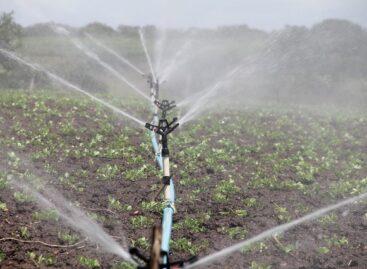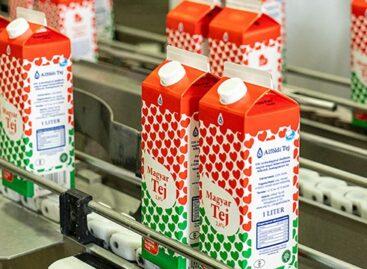Media campaigns are also becoming greener
Reducing carbon dioxide emissions is the most important tool in the hands of companies to fight against the effects of climate change. This area already receives a lot of attention in the production chain and the value chain, but when planning media campaigns, the media industry and the actors on the customer side assign an even smaller role to this aspect. Even in Hungary, there is already a well-functioning tool for managing and reducing the environmental impact of similar activities.

(Photo: Pixabay)
The media industry must also respond to the challenges related to the question of sustainability, which is why the Initiative created the Ripple media planning carbon dioxide emission calculator. Ripple enables holistic planning across own, acquired, shared and purchased channels. In this way, the important professional aspect of planning starting from one’s own channels also applies, and it also takes into account shared channels such as dealer networks. There are more than 70 such channels within Ripple, the list of which can be customized by customers. The tool uses advanced algorithms for multi-channel optimization and maximum efficiency.
“With the help of the calculator, the environmental impact of different campaigns can be compared, and as a result, we can create a more responsible media strategy from a sustainability point of view for our clients. Initiative has been using the calculator since the beginning of the year, both domestically and internationally.” – emphasized Katalin Spielmann, the operational manager of Initiative Hungary.
Ripple calculates the average carbon dioxide emissions based on the location of the media campaign
This is based on the energy requirement and consumption of the supporting surface, so Initiative can use carbon dioxide emissions as the same data during planning as the standard indicators used in media planning. The calculator distinguishes a total of five categories: TV and radio, outdoor campaign, digital outdoor campaign, print media, digital interface.
The data comes from international standard measurements and shows the industry average in each category. This tool complements Initiative’s constantly updated database of 5,000 consumers, the Connections Survey, which is the largest in the country. The database not only examines the use and effectiveness of different media types from the perspective of consumers, but also uses the insights and experiences of those working in the profession through expert interviews, thereby providing solid foundations for planning media campaigns.
Related news
Climate-tolerant alternative in arable fields: peanuts could be one of the winners of climate change
🎧 Hallgasd a cikket: Lejátszás Szünet Folytatás Leállítás Nyelv: Auto…
Read more >Too many gifts, too much food: our holiday excesses are putting a serious strain on the environment
🎧 Hallgasd a cikket: Lejátszás Szünet Folytatás Leállítás Nyelv: Auto…
Read more >Ministry of Agriculture: the government is giving priority support to the development of irrigation
🎧 Hallgasd a cikket: Lejátszás Szünet Folytatás Leállítás Nyelv: Auto…
Read more >Related news
The kings of the New Year’s Eve list: hot dogs and champagne in abundance
🎧 Hallgasd a cikket: Lejátszás Szünet Folytatás Leállítás Nyelv: Auto…
Read more >Turnaround privatization: the Alföldi Tej case is drifting towards an uncertain outcome
🎧 Hallgasd a cikket: Lejátszás Szünet Folytatás Leállítás Nyelv: Auto…
Read more >The second big rush in department stores comes between the two holidays
🎧 Hallgasd a cikket: Lejátszás Szünet Folytatás Leállítás Nyelv: Auto…
Read more >






